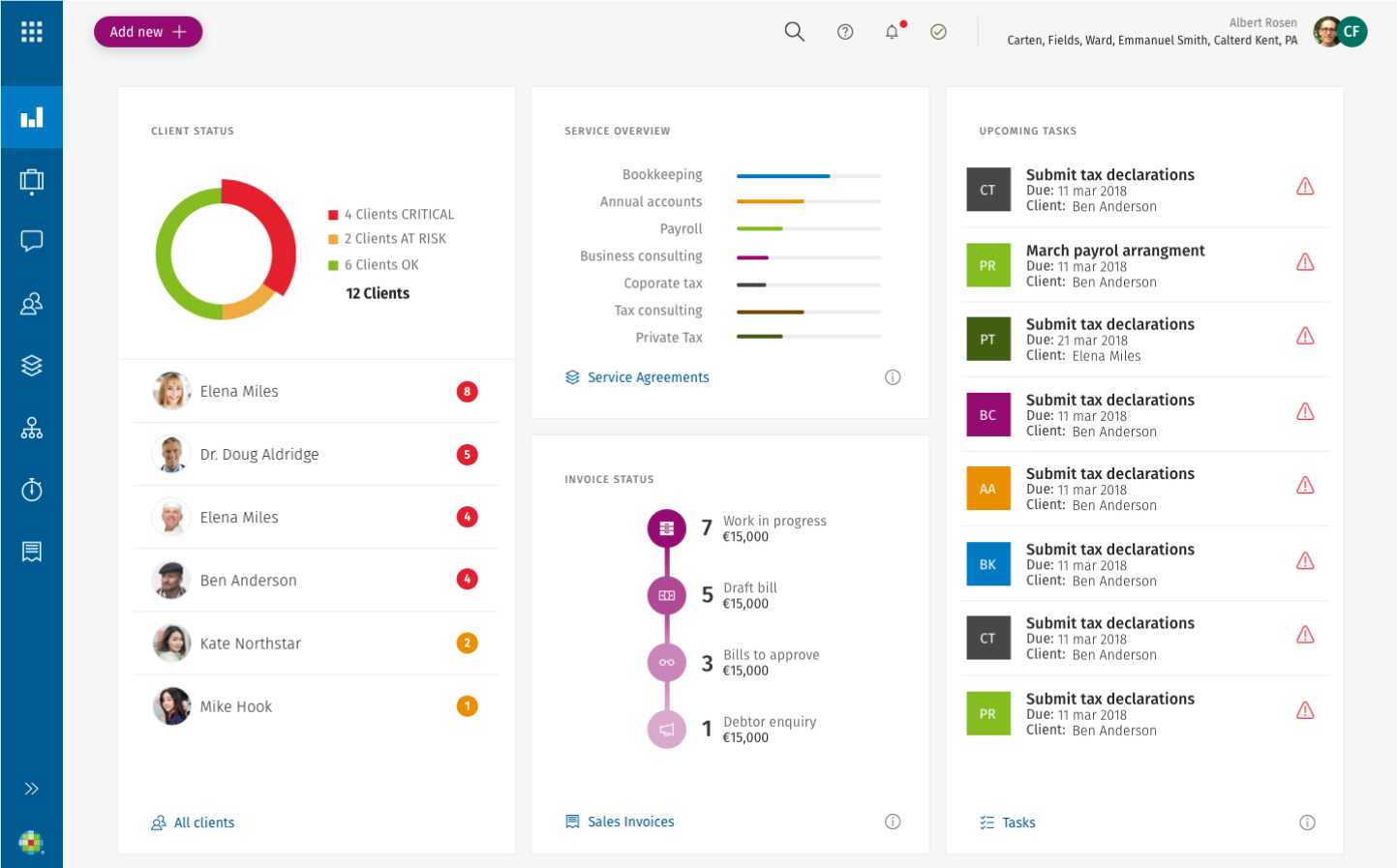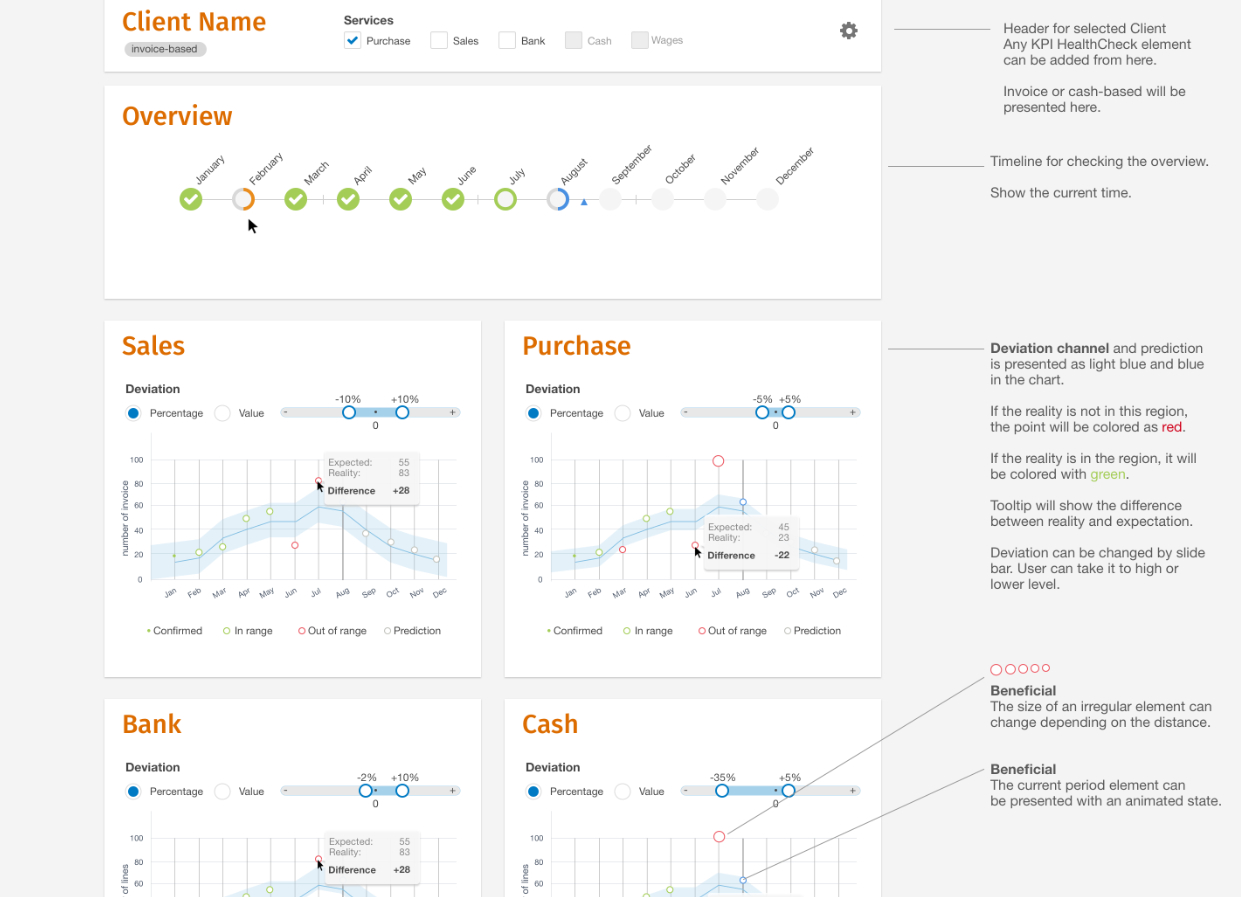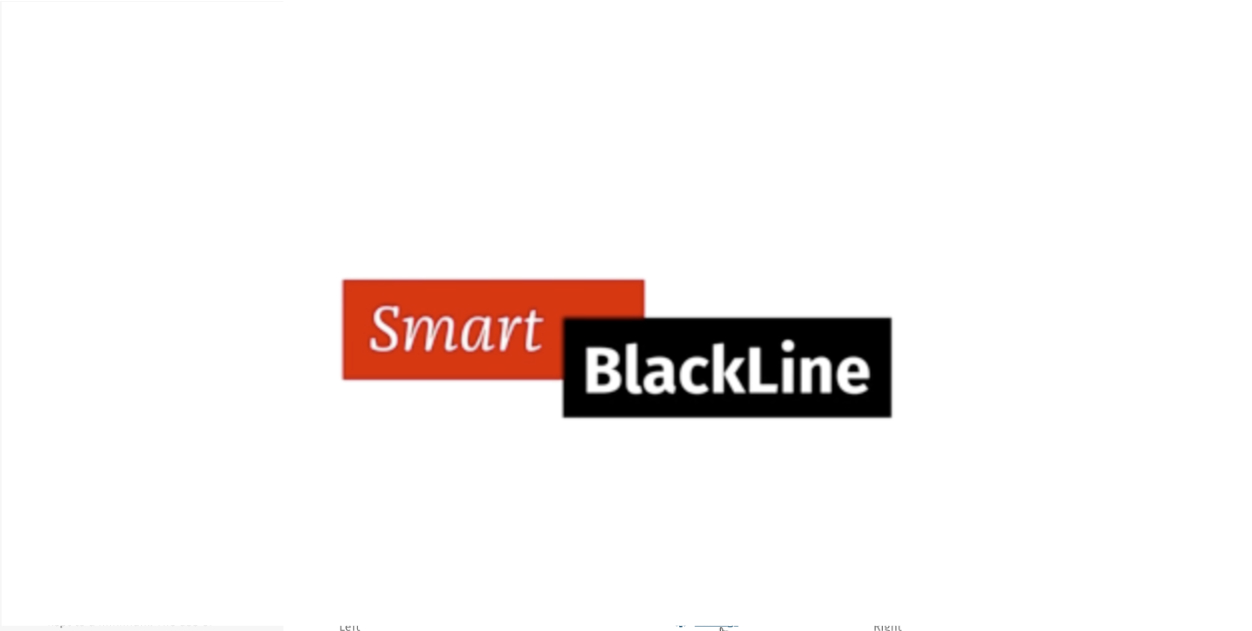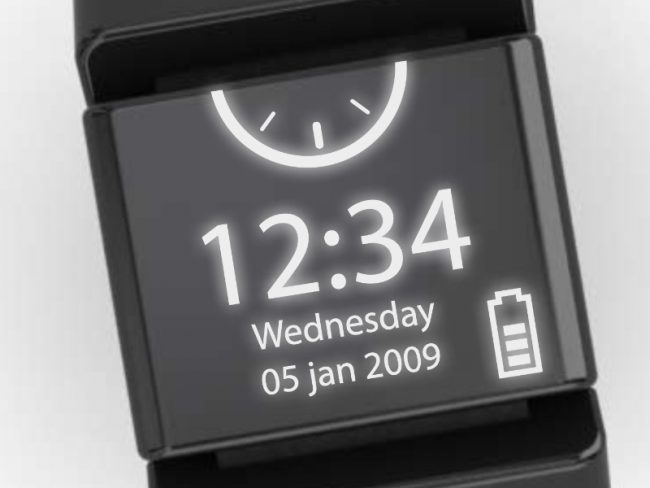Transforming User Experience
at Wolters Kluwer Tax & Accounting
Company: Wolters Kluwer Tax & Accounting (formerly Twinfield)
Role: Senior User Experience Designer
Duration: 2.5 Years
Team: 5-person UX/UI design team within larger product organization
INTRODUCTION
As a Senior UX Designer at the Netherlands' leading online bookkeeping software provider, I played a pivotal role in evolving their user experience strategy and processes. During my tenure, I contributed to major initiatives including:
- Establishing the company's first formal user research practice
- Leading UX evaluation and improvement for WK Cloud ID, a critical authentication system
- Designing core experiences for Twinfield Start, a new collaborative platform
- Contributing to design system development and standardization efforts
Throughout these projects, my focus remained on bringing user-centered methodologies to an organization transitioning from a regional market leader to part of a global enterprise.
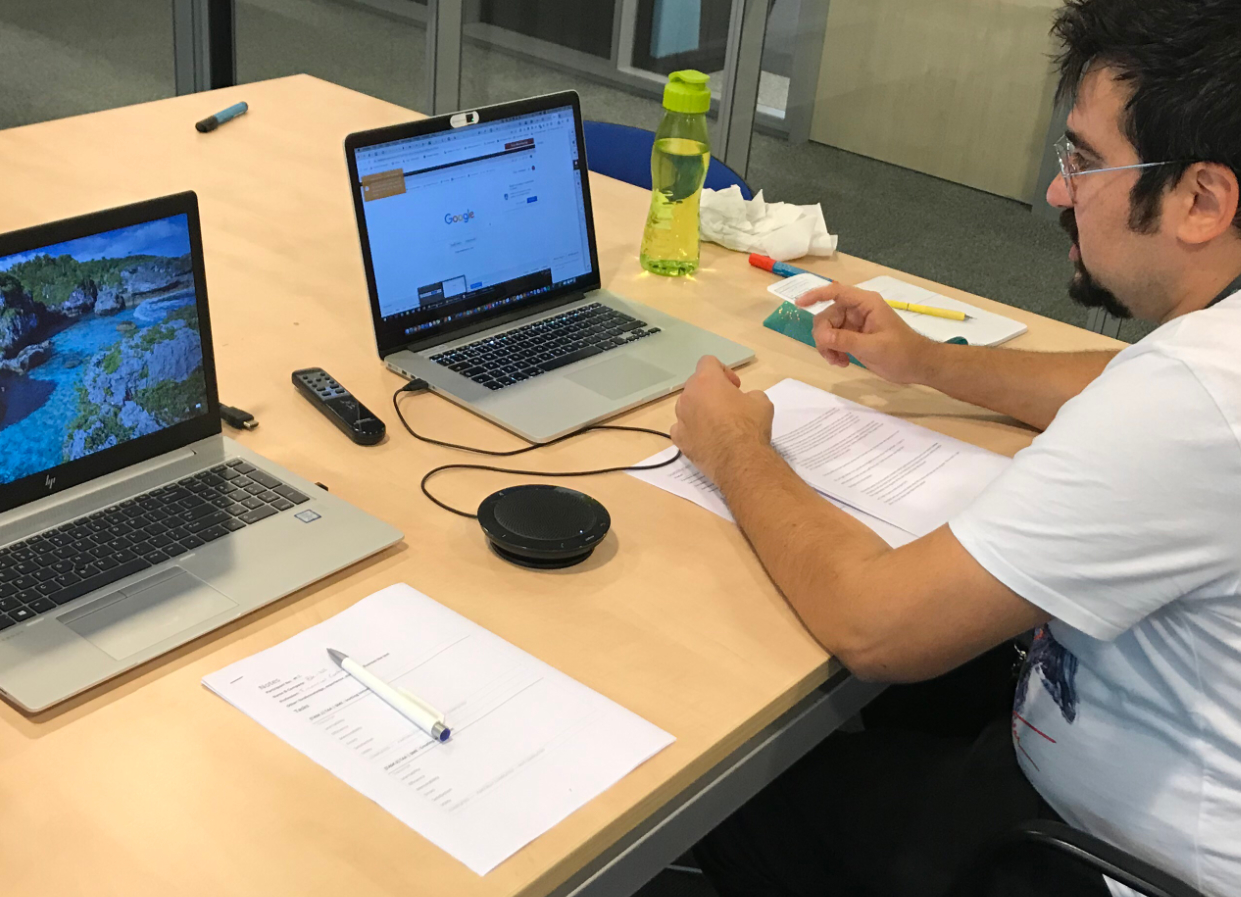
BUILDING A USER RESEARCH FOUNDATION
Challenge
When I joined, the design team had no direct user access. All feedback came filtered through sales teams or product managers, creating a disconnect between designers and actual users.
Approach
I took initiative to establish the company's first formal user research capability:
Created Research Infrastructure
-
- Redesigned marketing questionnaires to include research opt-in mechanisms
- Navigated complex GDPR requirements to build ethically-sound contact processes
- Developed participant screening and recruitment protocols
Overcame Organizational Barriers
-
- Collaborated with legal and marketing to address data privacy concerns
- Educated stakeholders on research value through initial pilot studies
- Developed templates and processes for efficient participant management
Impact
- Established a pool of 200+ willing research participants across the Netherlands and UK
- Reduced user research setup time from weeks to days
- Created a blueprint for user research that was adopted by other Wolters Kluwer business units
- Positioned our team as user experience advocates within the broader organization
- Enabled data-informed design decisions across all subsequent projects
This foundation proved invaluable for all my future work, allowing rapid testing cycles and genuine user insights that strengthened my design arguments.
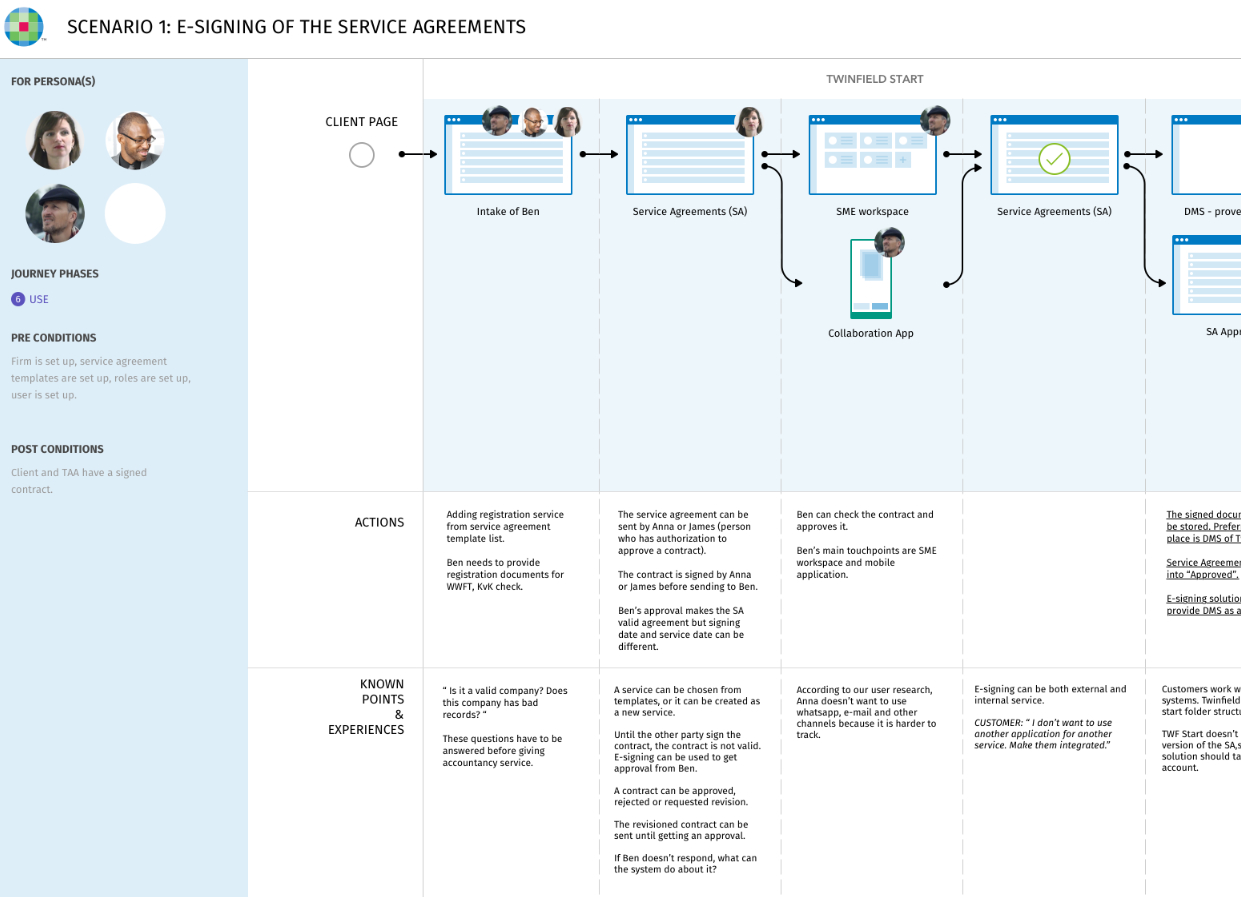
CASE STUDY: DESIGNING TWINFIELD START COLLABORATION PLATFORM
Challenge
Expand Twinfield's value proposition beyond core bookkeeping by creating a new platform enabling accountants and their clients to collaborate efficiently around financial data and tasks.
My role
I served as a key designer on this new product initiative, responsible for core user flows, information architecture, and key interaction patterns.
Process
1. Discovery & Concept Development
I helped define the product vision through:
- Stakeholder interviews with accountants and business owners
- Competitive analysis of collaboration tools in the financial sector
- Journey mapping to identify pain points in existing accountant-client workflows
2. Rapid Concept Validation
To test core assumptions quickly:
- Introduced and facilitated Design Sprints for the team
- Created concept prototypes for initial user feedback
- Identified highest-value features for initial release
3. Detailed Design Development
I designed key platform components:
- Core user flows for task assignment and document sharing
- Information architecture balancing accountant and client needs
- Interactive prototypes for critical features
- Data visualization modules for financial insights
4. Iterative Testing & Refinement
Throughout development, I:
- Conducted multiple rounds of usability testing with both accountants and clients
- Identified and resolved friction points in the collaborative workflow
- Refined interaction patterns based on observed behaviors
- Provided detailed specifications for development team implementation

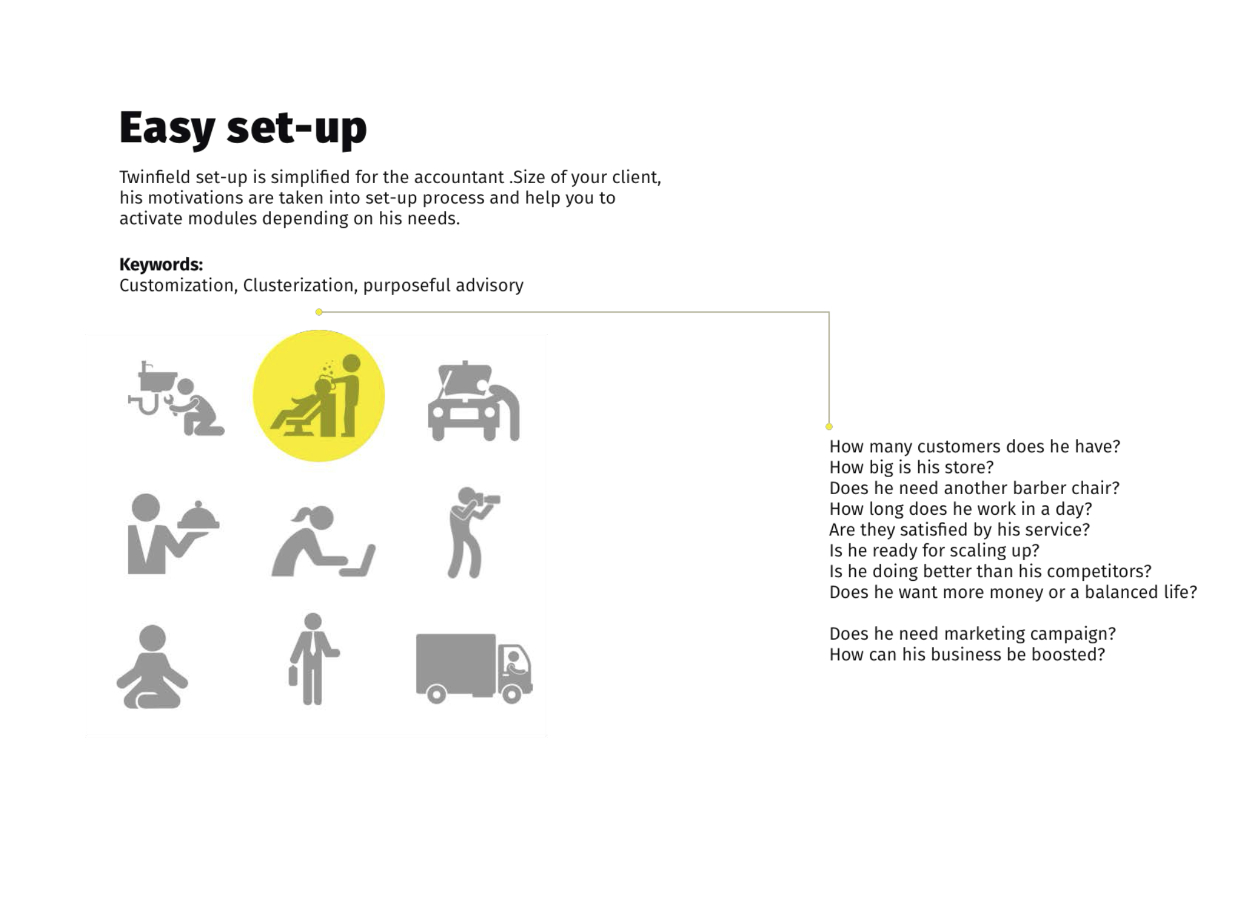


BROADER CONTRIBUTIONS
Design System Development
- Collaborated with central CoE team to evolve design standards
- Developed reusable components for tooltips and data visualization
- Contributed to documentation and implementation guidelines
- Helped ensure consistency across growing product portfolio
Innovation Initiatives
- Participated in company hackathons, winning two events (please check the videos – done by Framer at that time)
- “Blackline”: Tool for automatically censoring confidential information
- “Next Best Actions”: AI-powered recommendations for customer consultants to reduce churn
- Helped implement elements of these concepts into production roadmaps
REFLECTIONS & GROWTH
My tenure at Wolters Kluwer marked significant professional growth as I navigated the transition from a regional Dutch company to part of a global enterprise. Key learnings included:
- Organizational Influence: Developing skills to advocate for user needs within complex business environments (still developing)
- Cross-functional Collaboration: Building effective partnerships across product, development, and business teams (sales team)
- Research Integration: Demonstrating how user insights can de-risk product decisions and improve outcomes
- Design Leadership: Moving beyond creating designs to shaping processes and methodologies
The user research foundation I established remains particularly meaningful, demonstrating how individual initiative can create lasting organizational change and elevate the role of user experience within a business.
Date
2017-2018


